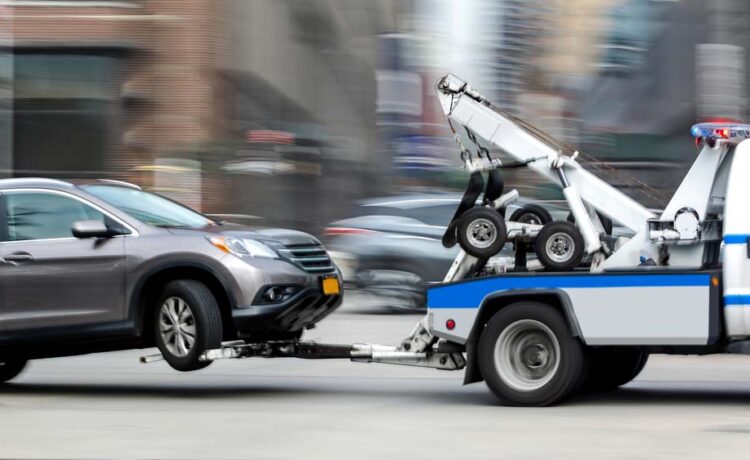As a vehicle owner, you are likely going to experience a breakdown once or twice in your lifetime. In fact, almost 7000 breakdowns happen in the UK every year. Unfortunate as it is, knowing how to safely remedy the situation is a skill every driver should have.
So, whether you’ve seen someone break down on the side of the road or find yourself in need of rescuing, it’s a good idea to learn how to tow a car safely and legally. Here is everything you need to know:
Before you get started …
There are a few safety bits to get sorted before you get straight into the towing to ensure your safety and that of other drivers on the road. Anyone towing a car must be a fully qualified driver and an ‘On Tow’ sign must be clearly visible on the rear of the vehicle receiving assistance.
You need to make sure you have the right equipment and that it is all up to the right standards. Make sure there is no damage or defects to the tow rope and that you have steel shackles to relieve the pressure on the tow strap.
Safety for the towing driver
Extreme care has to be taken when towing a car, so it is advisable to keep your speed to a maximum of 15mph. This will help you to keep control of both vehicles and allow the driver being towed more time to react to their surroundings.
Keeping the tow rope secure is essential and avoiding any ‘snatching’, so pull away gently and try to avoid sudden braking. Other drivers will need plenty of time when moving around you so be sure to indicate well in advance before any changes of direction or manoeuvres.
Safety for the driver being towed
First things first, the ignition switch should be in the ‘on’ position to disengage the steering lock so you can steer and brake in coordination with the vehicle towing you. More importantly, you need to always stay alert and watch the brakes and indicators of the vehicle towing you. This will give you plenty of time to get appropriate warnings of any change of direction.
Light pressure should be always kept on the brake pedal to maintain tension on the towrope. This will reduce the chances of jolting and help extend the life of your towrope.

